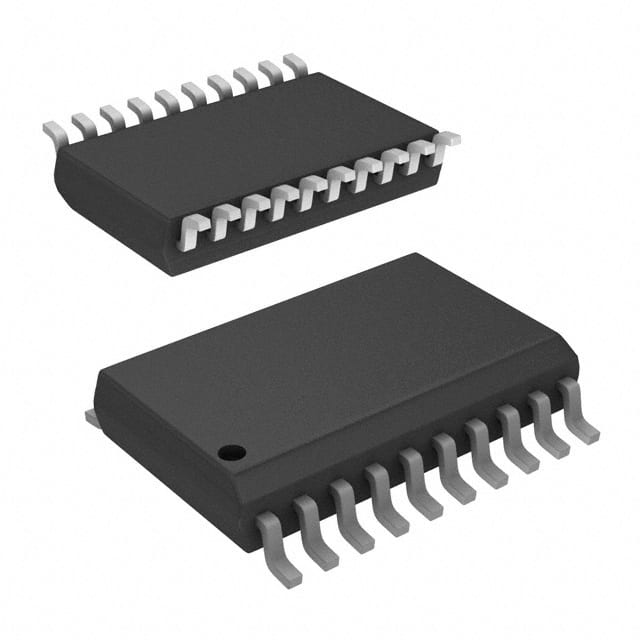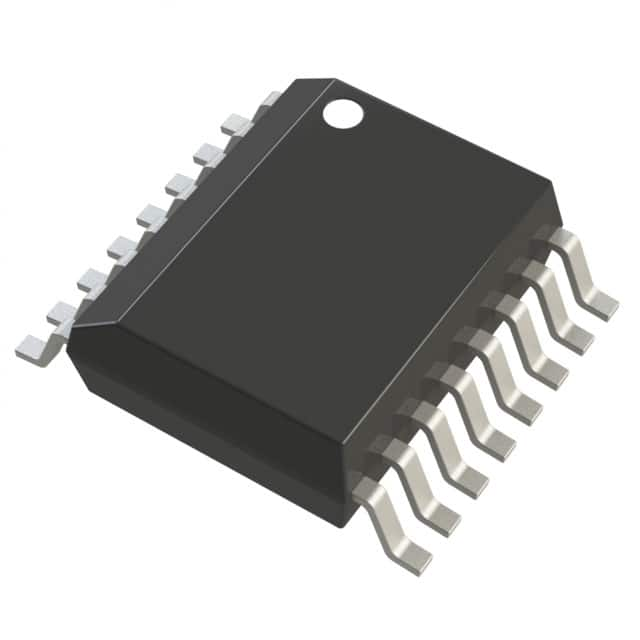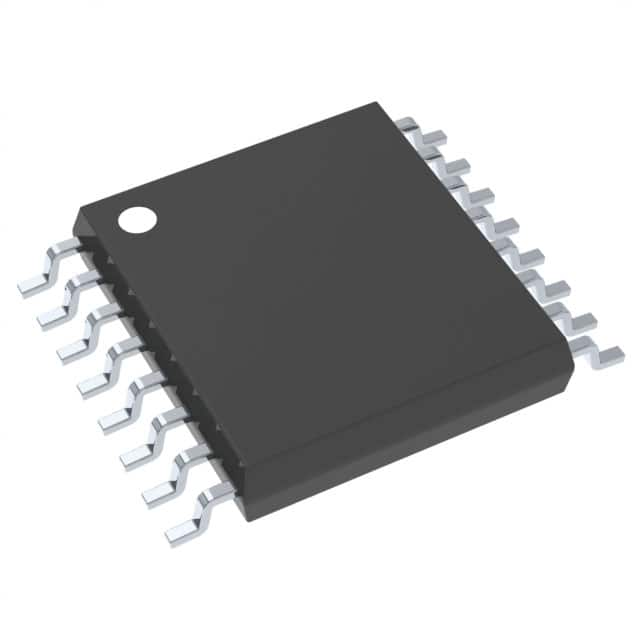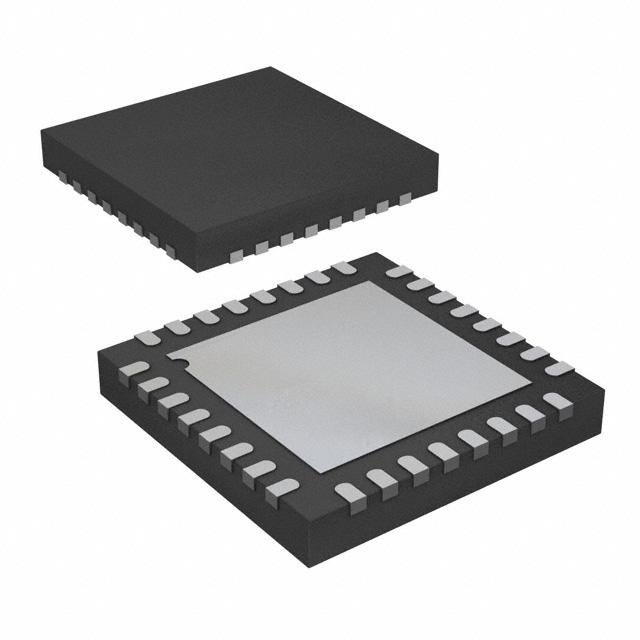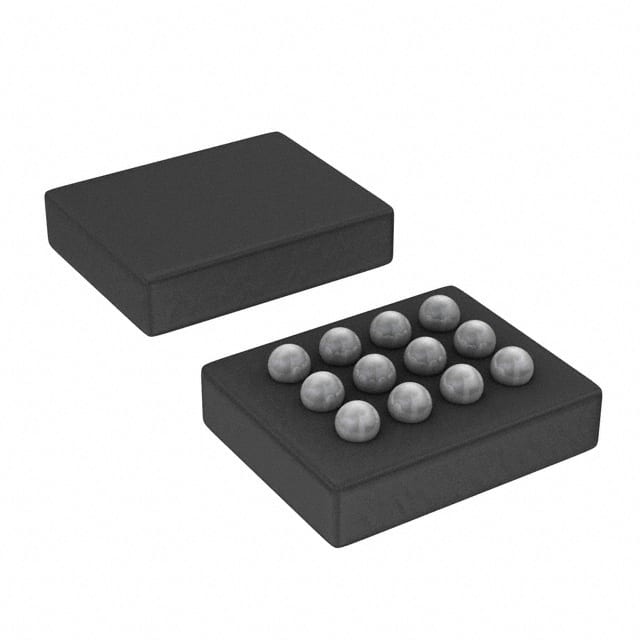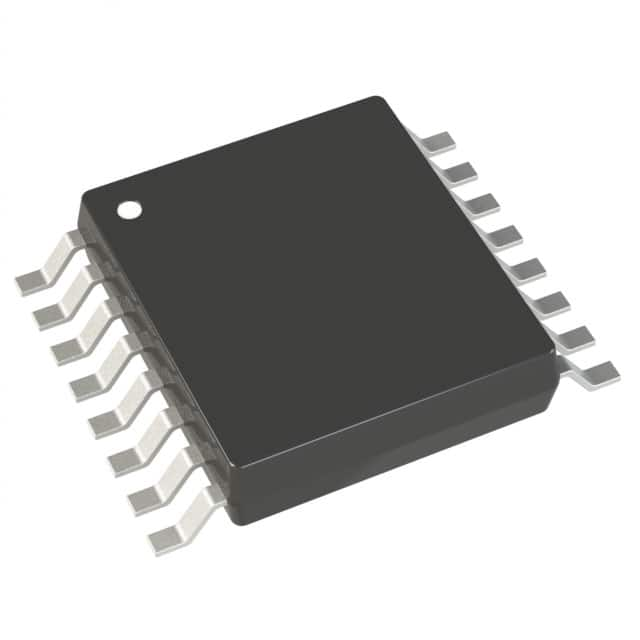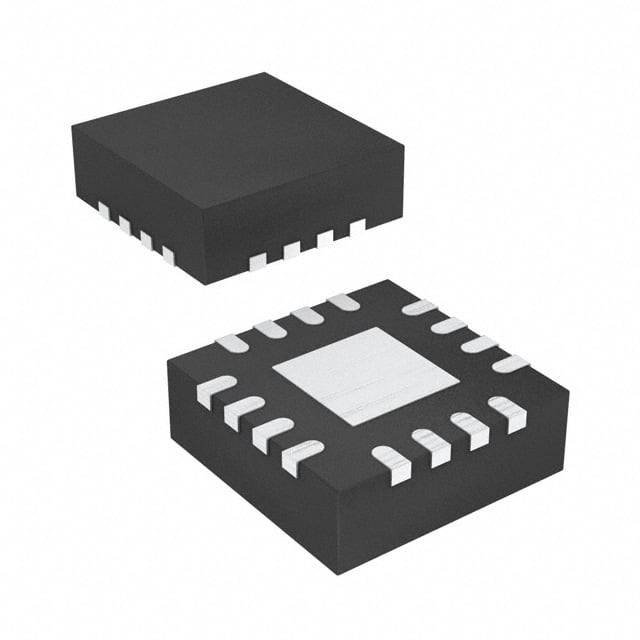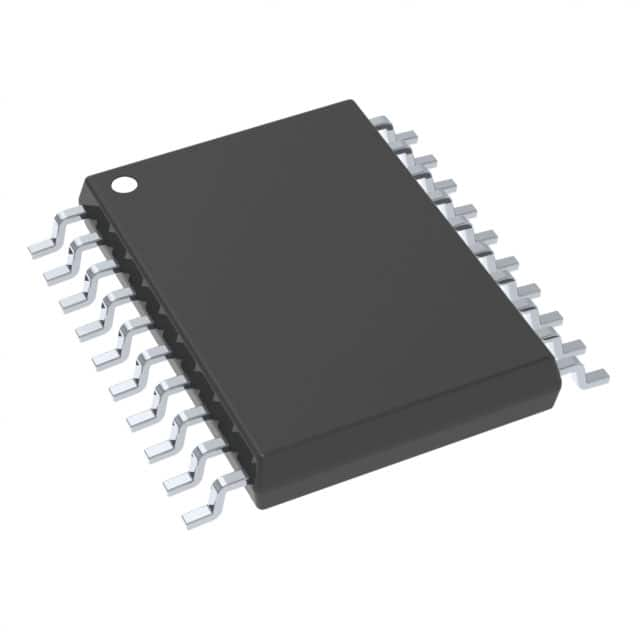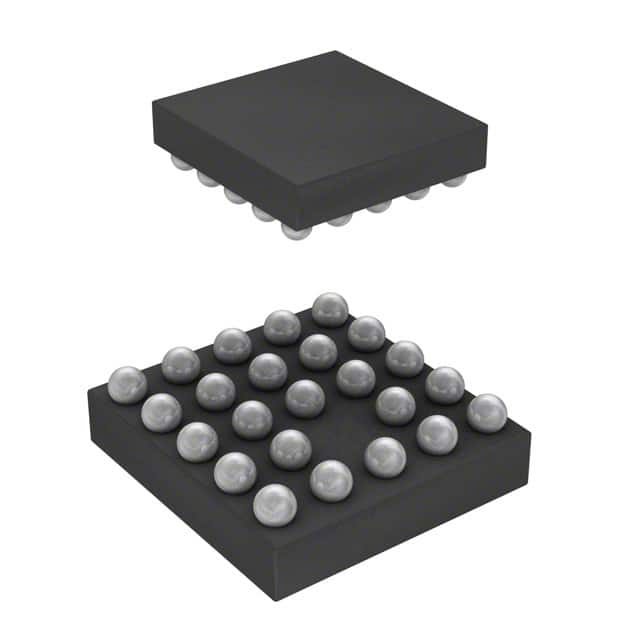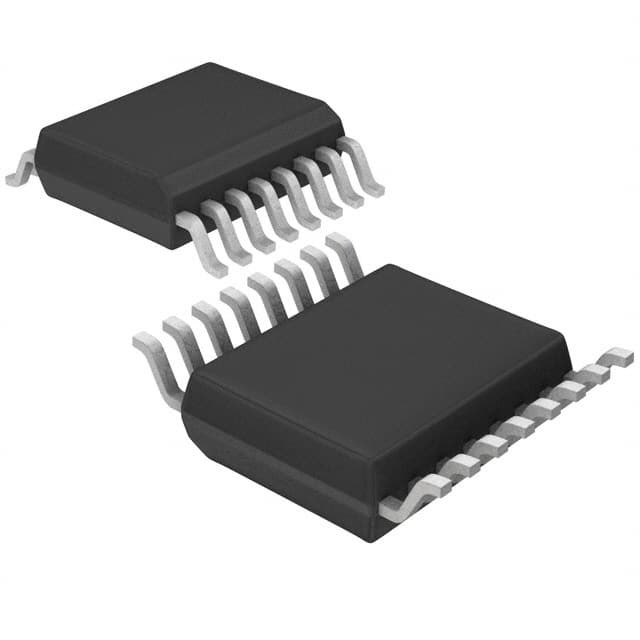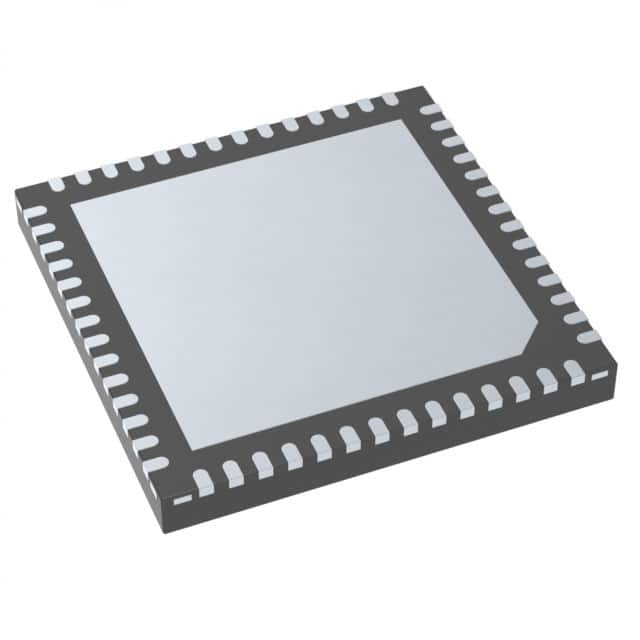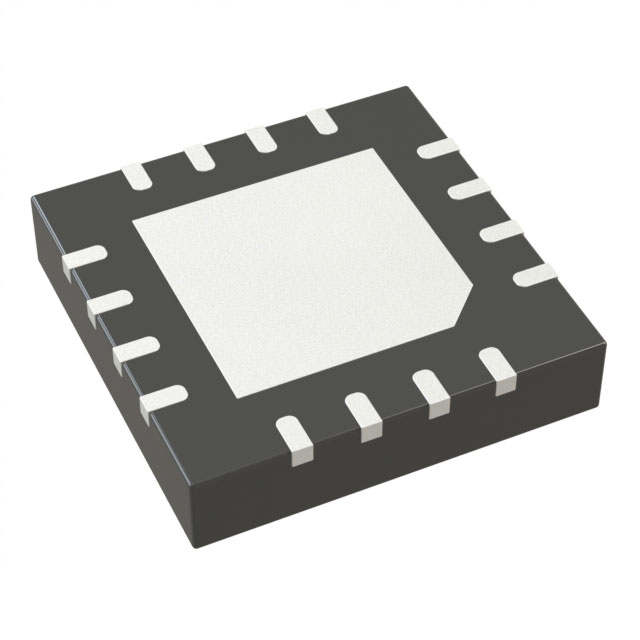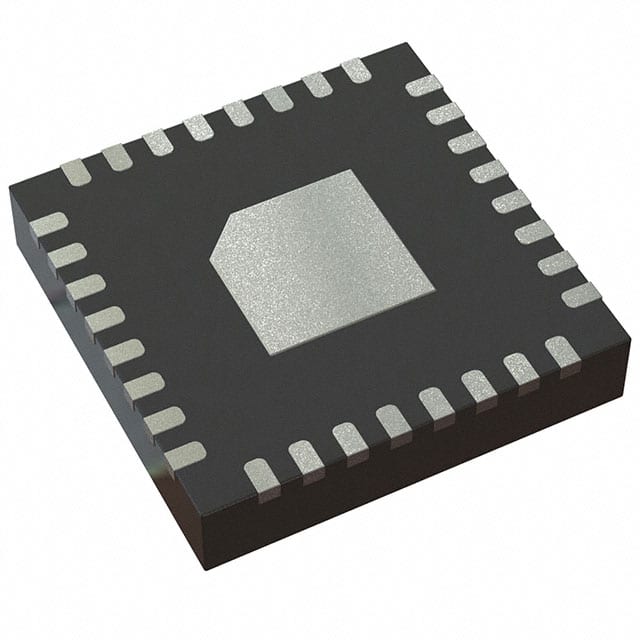Touch Screen Controllers
Touch Screen Controllers are the core electronic components of touch screen systems. They are responsible for detecting and processing user touch input signals and passing coordinate data to the main control system (such as a PC or embedded microcontroller) to achieve precise human-computer interaction. Such controllers are usually integrated into touchscreen components or used as independent chips and are widely used in consumer electronics, industrial automation, medical equipment, and other fields.
1. What are Touch Screen Controllers?
A touchscreen controller is a small microcontroller chip located between a touch sensor (such as a capacitive sensing panel) and the main control system. It is responsible for converting physical touch signals into digital coordinate signals and performing tasks such as signal processing, debouncing, and calibration. It ensures the real-time and accuracy of touch response and supports functions such as multi-touch and gesture recognition.
In a capacitive touch screen, the controller determines the touch position by detecting the capacitance change between electrodes (such as self-capacitance or interactive capacitance). The sensitivity can be adjusted by external capacitance to adapt to different environmental requirements.
2. What are the Working Principles and Technical Characteristics of Touch Screen Controllers?
The controller uses self-correction technology to automatically adapt to environmental changes (such as temperature and humidity drift) without manual intervention; the initialization time is about 200 milliseconds, the sampling cycle is short (such as sampling every 2.8 milliseconds), and the response time is fast (the key detection reaction time is about 18 milliseconds), ensuring the smoothness of high-frequency operations.
Key technical indicators include: touch point accuracy (linearity error <2%), multi-touch support (such as 10-point touch), output logic (output low level when touched, output high level when not touched), and communication with the main control system through interfaces such as IIC and SPI.
To improve anti-interference ability, the controller often integrates de-jitter processing circuits and can configure sensitivity capacitors (range 5-100pF) to cope with touch scenarios of different media (such as glass or plastic coverings).
3. What are the Typical Products and Performance Parameters of Touch Screen Controllers?
General Controller: such as SC02F chip, supports 2 independent touch sensing buttons, operating voltage range 2.0V~5.5V, packaged as SOP8, suitable for low-cost consumer electronics. Its features include parallel output, automatic compensation for environmental drift, and high compatibility design.
High-performance Controller: such as GT9147, equipped with multiple sensing channels (such as 10 sensing + 17 driving channels), manages coordinate data through registers and status registers (such as 0X814E), supports complex gesture recognition, and is often used in industrial touch screens.
4. What are the Application Scenarios and Advantages of Touch Screen Controllers?
In industrial automation (such as 8.4-inch industrial touch screens), the controller provides dustproof, waterproof, and shockproof features to ensure stable operation in harsh environments; combined with wireless communication modules (such as Wi-Fi), remote monitoring and data analysis are achieved.
In consumer electronics (such as mobile phones, and tablets) and embedded systems (such as 51 single-chip microcomputers driving TFT touch screens), controllers simplify human-computer interaction design and improve operating efficiency and user experience.
In short, as a key hub for human-computer interaction, touch screen controllers integrate microelectronics technology and signal processing algorithms. Their miniaturization, high reliability, and easy integration characteristics drive smart devices to develop in a more intuitive and efficient direction.

